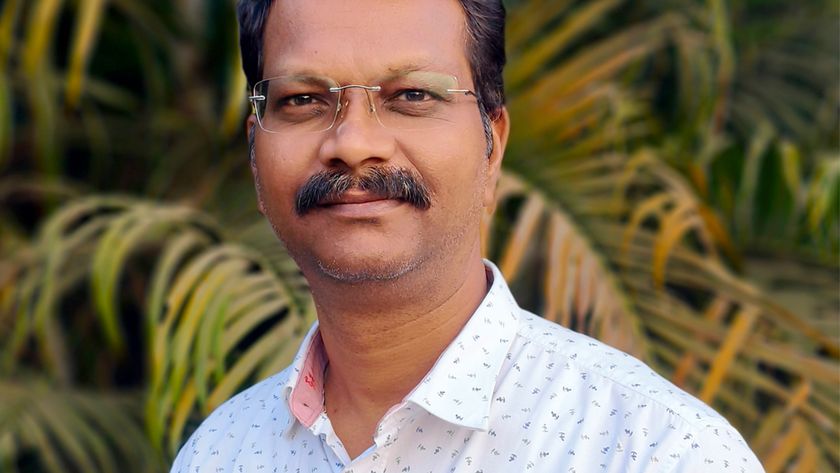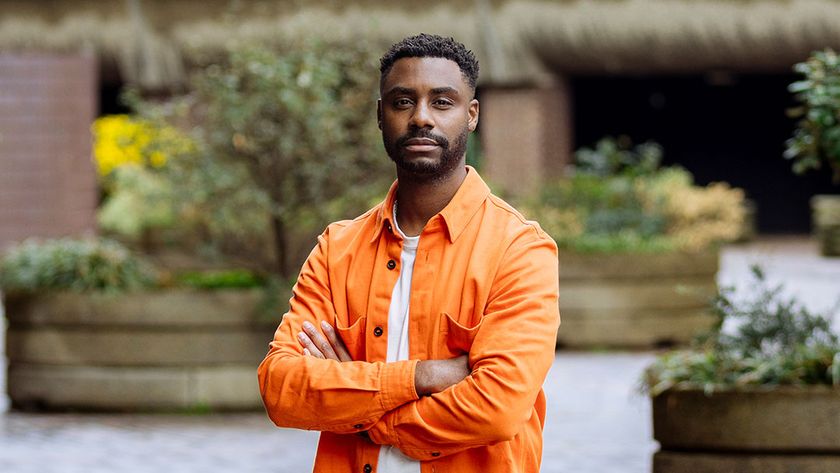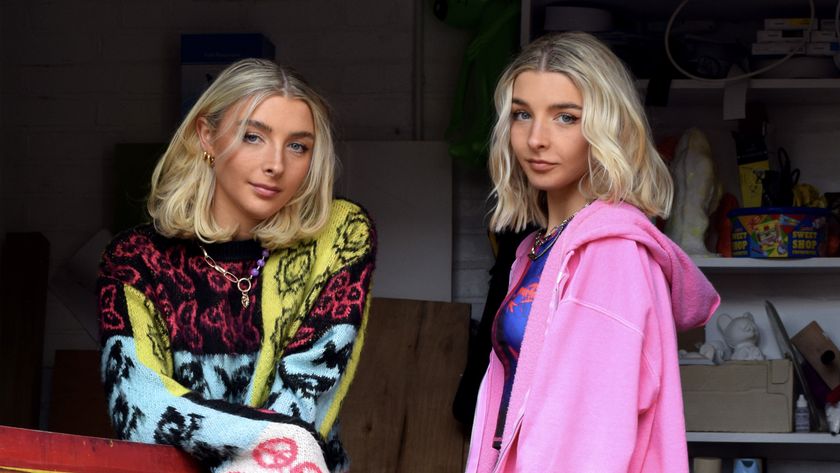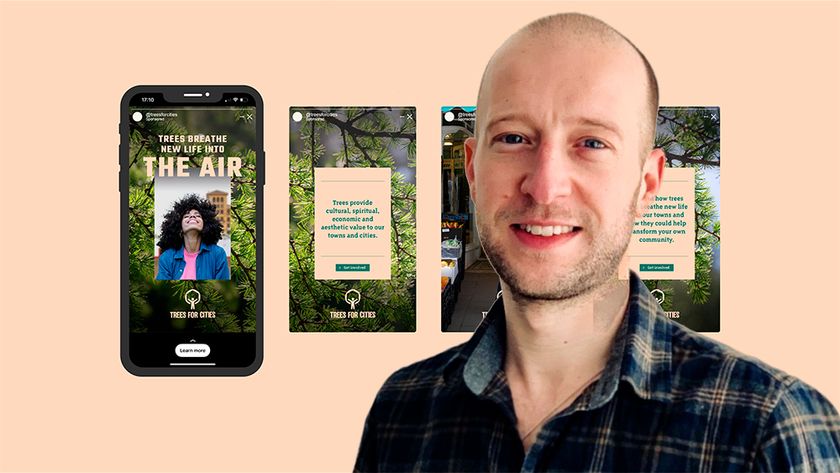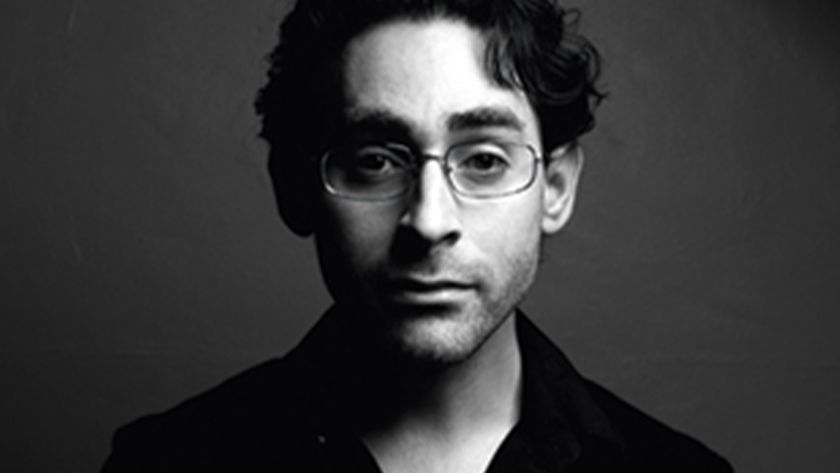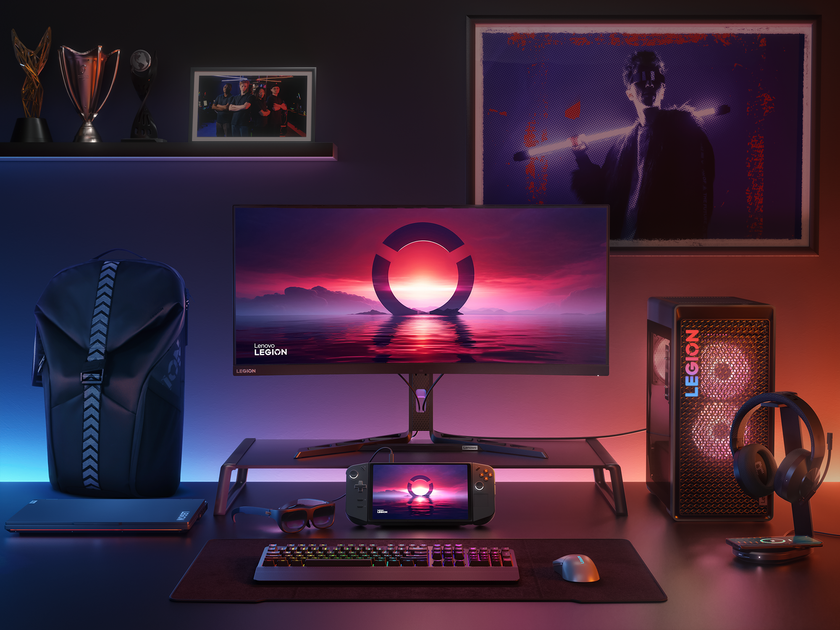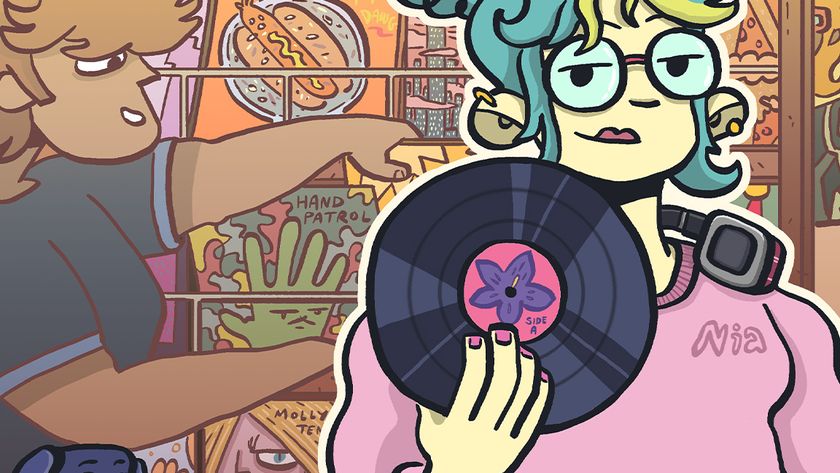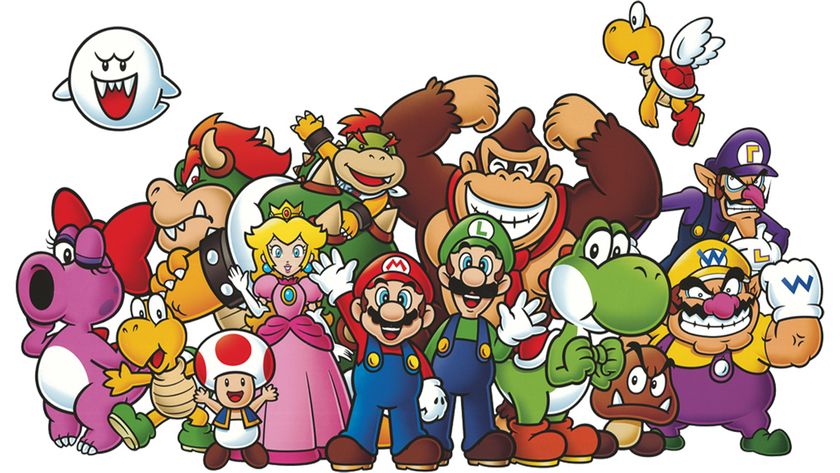How to survive in an animation studio
The studio environment is anything but easy. Experts from Disney share their advice on creative survival.
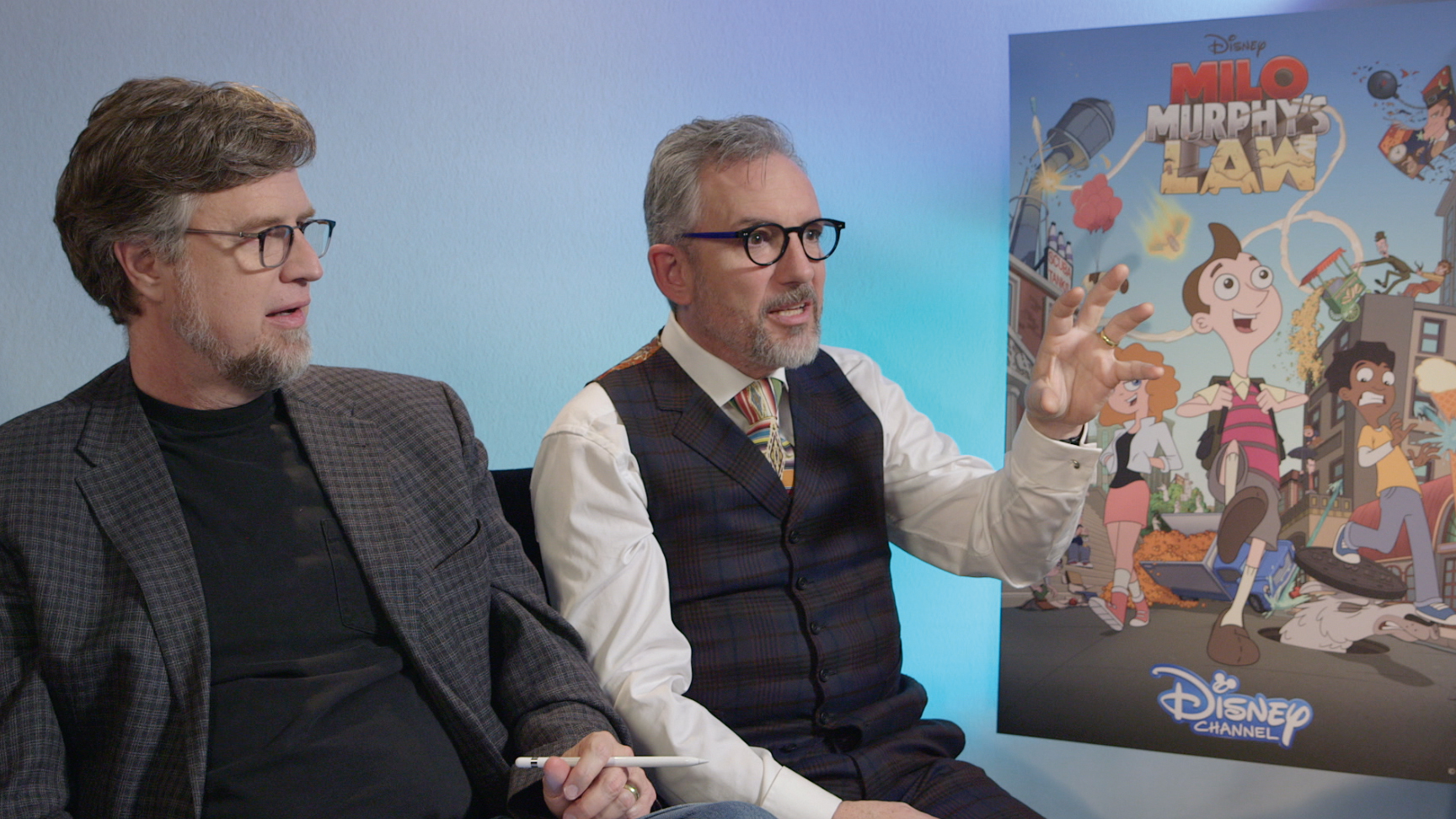
Working in an animation studio is a dream for many, but day-to-day it can be tough. While many animators struggle to get their foot in the door, those who have found work in studios realise that there are even more challenges to confront.
Here animators Dan Povenmire and Jeff 'Swampy' Marsh – the duo behind Phineas and Ferb – share some tips for how to survive in an animation studio.
01. Know where your line is
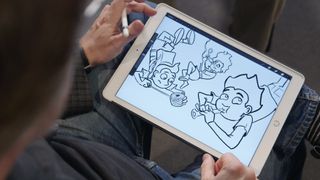
"The amount of power that you retain as a creative person with a great idea, as somebody who’s not actually pulling the purse strings, depends on your ability to walk away from something if it is not the thing that you want to do," says Povenmire. "People work 20 years to get to the point where a studio is buying a show from them, but the studio will then want to do things a certain way and make changes. You’ve got to know where the line is for you, when you are able to leave your ideas with them and walk away.
"And if you can maintain that ability they will bend over backwards to get you back because the most passionate voice in the room always wins in artistic conversation, and none of the executives are passionate enough about their decisions to walk away from their job. They’re not going to go, 'Oh if you insist on writing your episodes, I’m quitting my job.'"
02. Don't be afraid of complexity
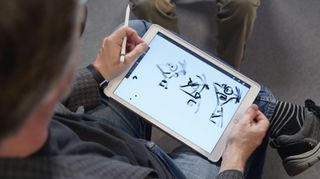
"One of the comments we got at almost every stage on Phineas and Ferb is: 'This show is too complicated for kids'," Marsh reveals. "We had three interconnecting plot lines. We had what Phineas and Ferb were doing, Candace trying to get them caught, and then what Doofenschmirtz and Perry were doing. All of those things were criss-crossing throughout an 11-minute episode and whatever Doofenschmirtz and Perry are doing ends up fixing the thing that Phineas and Ferb were doing just as the mom catches them.
"But Phineas and Ferb don’t change, they go through their day and everything goes right for them, it’s everyone around them that goes through story arcs. We ended up describing it to our writer as: 'What Phineas and Ferb are doing is the setting, everything else is the story because the story is all about characters changing or characters learning something, or starting in one way and ending in another way.'"
03. It's not what school you went to
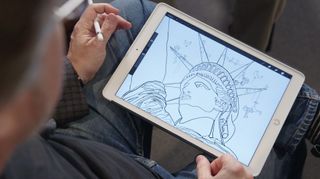
"Everyone you work with - the good, the bad and the mediocre – took different paths to get there," Marsh explains. "There are CalArts guys, you have people who've gone to 'Bob's regional animation school'. And if they're motivated they will learn what they need to and they’re all sitting side-by-side doing the same job. It's great to have the education if you can get it.
Get the Creative Bloq Newsletter
Daily design news, reviews, how-tos and more, as picked by the editors.
"I wish I had an animation school to go to because I wouldn’t have wasted 28 years doing other weird stuff but there's no one school to go to that's going to make it for you. It's really is about how much you put into it and how much you want to do this."
04. Get a Cintiq
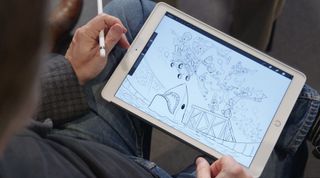
"So much of the time we were both just sketching on Post-its, which is what we normally used to do," says Povenmire. "Now we are all on Cintiq tablets at work. Once I started drawing on a computer screen I felt like, now I never want to do pencil drawings on paper any more, because it's so much better for your wrist. I feel like I have so much more control.
"I highly recommend glass over paper, but also I'm not trying to do fine art. I understand that what I do is not the art. A storyboard is not the finished product. That's just a tool to help this thing get finished. It's the movie itself, that's the product."
Related articles:

Thank you for reading 5 articles this month* Join now for unlimited access
Enjoy your first month for just £1 / $1 / €1
*Read 5 free articles per month without a subscription

Join now for unlimited access
Try first month for just £1 / $1 / €1
Garrick Webster is a freelance copywriter and branding specialist. He’s worked with major renewable energy companies such as Ecotricity and the Green Britain Group, and has helped develop award-winning branding and packaging for several distilleries in the UK, the US and Australia. He’s a former editor of Computer Arts magazine and has been writing about design, creativity and technology since 1995.

